Rising Demand in Marine Applications
The Synthetic Fibre Rope Market experiences a notable surge in demand driven by the marine sector. As industries such as shipping, fishing, and recreational boating expand, the need for durable and lightweight ropes becomes increasingly critical. Synthetic fibre ropes, known for their resistance to saltwater and UV degradation, are preferred over traditional materials. Reports indicate that the marine segment accounts for a substantial share of the market, with projections suggesting a compound annual growth rate of approximately 5% over the next few years. This growth is likely fueled by the increasing number of vessels and the need for reliable mooring and towing solutions, thereby enhancing the overall market landscape.
Increased Focus on Safety Regulations
The Synthetic Fibre Rope Market is witnessing a heightened emphasis on safety regulations across various sectors. Industries such as construction, marine, and rescue operations are increasingly adopting synthetic ropes due to their superior strength-to-weight ratio and lower risk of accidents. Regulatory bodies are implementing stringent safety standards, which necessitate the use of high-performance materials. This shift is likely to propel the demand for synthetic fibre ropes, as they are often preferred for their reliability and performance under extreme conditions. The market could see a significant uptick as companies prioritize compliance with safety regulations, thereby enhancing the overall market dynamics.
Sustainability and Eco-Friendly Practices
The Synthetic Fibre Rope Market is increasingly influenced by sustainability and eco-friendly practices. As environmental concerns gain prominence, manufacturers are exploring biodegradable and recyclable materials for rope production. This shift towards sustainable practices is not only appealing to environmentally conscious consumers but also aligns with regulatory trends favoring eco-friendly products. Market data suggests that the demand for sustainable synthetic ropes is expected to rise, potentially leading to a market segment growth of around 6% in the coming years. This trend indicates a transformative phase for the Synthetic Fibre Rope Market, as companies adapt to meet the expectations of a more environmentally aware customer base.
Technological Innovations in Rope Manufacturing
The Synthetic Fibre Rope Market benefits from ongoing technological innovations in rope manufacturing processes. Advances in materials science and production techniques have led to the development of ropes that are not only stronger but also lighter and more durable. Innovations such as braiding techniques and the incorporation of advanced polymers are enhancing the performance characteristics of synthetic ropes. Market analysis indicates that these technological advancements are likely to drive growth, as they enable manufacturers to meet the evolving demands of various industries. The introduction of smart ropes with integrated sensors for monitoring load and wear could further revolutionize the Synthetic Fibre Rope Market.
Growth in Construction and Infrastructure Projects
The Synthetic Fibre Rope Market is significantly influenced by the ongoing growth in construction and infrastructure projects. As urbanization accelerates, the demand for high-strength, lightweight ropes in various applications, including lifting, rigging, and safety, is on the rise. Synthetic fibre ropes offer advantages such as reduced weight and enhanced safety features, making them ideal for construction environments. Data suggests that the construction sector is projected to grow at a rate of 4% annually, which directly correlates with the increasing utilization of synthetic ropes. This trend indicates a robust opportunity for manufacturers and suppliers within the Synthetic Fibre Rope Market.


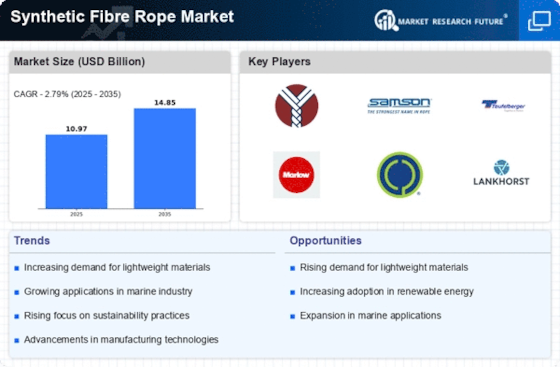
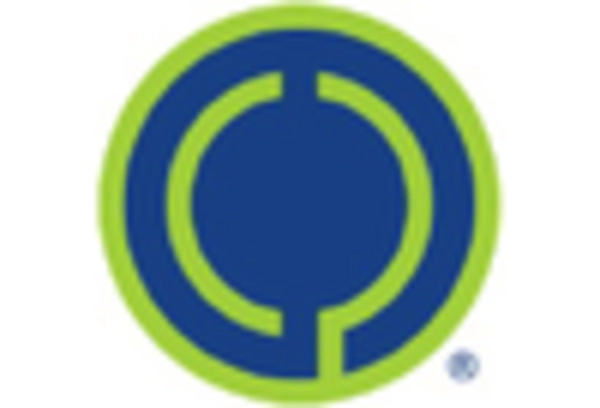
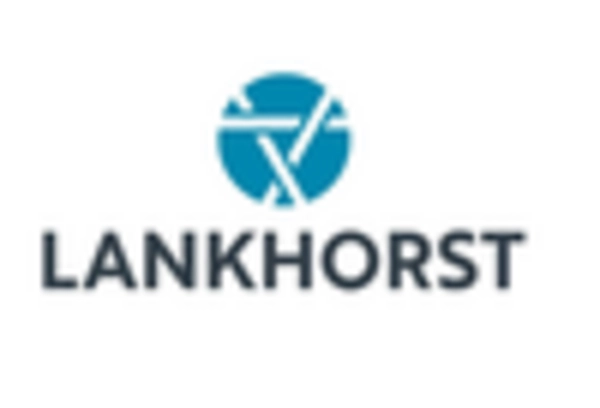
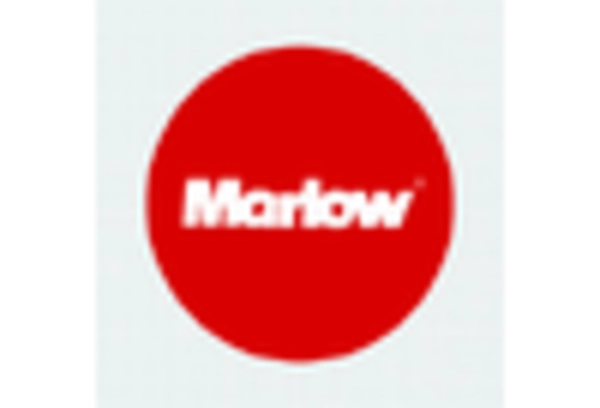
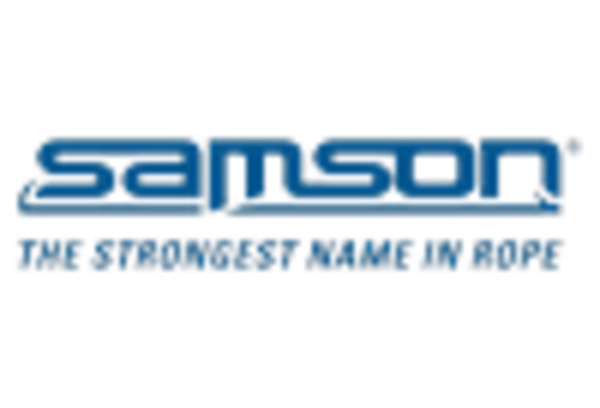
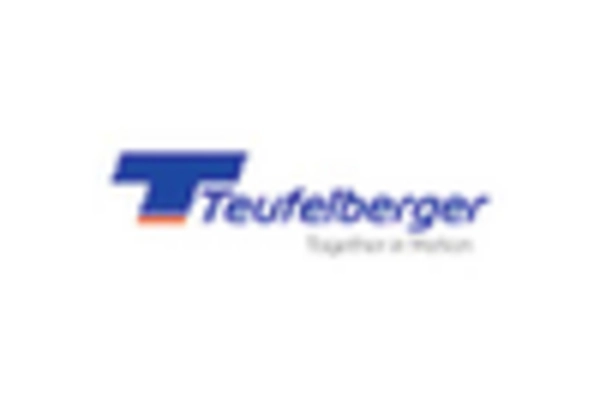
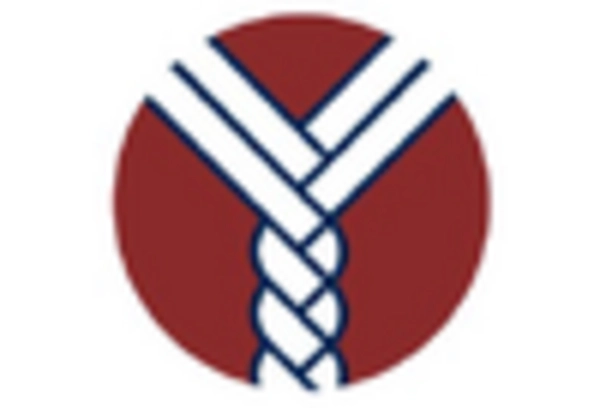








Leave a Comment